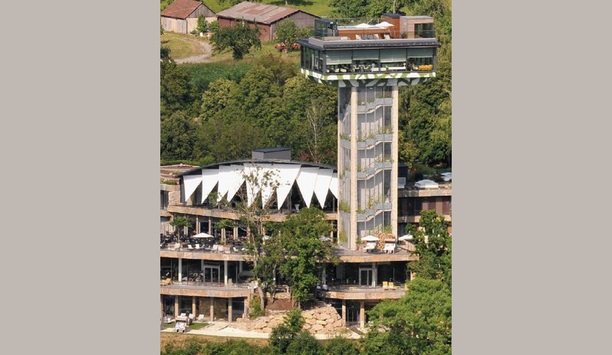Video surveillance has begun offering healthcare providers more than just security; video analytics are now allowing hospitals and clinics to achieve their business goals. Improving patient satisfaction is supported by staff reminders when a patient has been left alone for too long. Even more, an alert can be given to staff members when a patient arrives that needs assistance. This reduces wait times, improves service and gives patients better outcomes.
However, healthcare costs are rising throughout the world. In the US, spending is expected to reach 19.3% of GDP by 2023; whereas the European Union, with more moderate spending, will reach 10% of GDP by 2060. Managing costs has never been more important.
While the benefits of a video surveillance system help healthcare providers to manage their costs by enabling them to achieve their business goals, storing large amounts of video can pose a problem. With many hospitals recording 24/7 and long government mandated retention times, bandwidth and storage space can quickly evaporate.
SAS drives provide reliable system scalability
The SuperNova Series uses SAS technology to improve performance over SATA drives. This is an evolution of the parallel SCSI into point-to-point serial peripheral interface, in which the controllers link directly to the disk drives. With up to 224TB storage on SAS hard drives, superior bi-directional data transfer and high availability support up to 1000 cameras, one SuperNova Server offers scalability at an extraordinary level for mission-critical security applications.
Moreover, by supporting a variety of surveillance cameras, encoders and applications, SuperNova Servers allow customers to build high-quality surveillance systems lowering cost, raising performance and maximising capability. The SuperNova Series’ scalability and bandwidth for up to 1000 cameras make expansion efforts easy while maintaining complete failover redundancy.
All SuperNova Servers can come preloaded with the VMS of the integrator’s choice. This makes them well-suited for enterprise IP video surveillance applications. They can be used as a unified security solution or as a stand-alone platform for video storage, access control, or licence plate recognition.



















